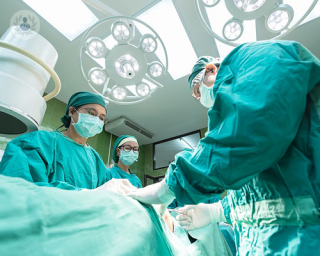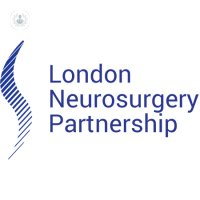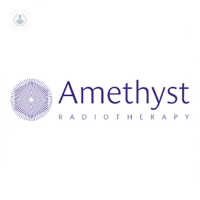Vascular malformations
Dr Pamela McHenry - Dermatology
Created on: 11-13-2012
Updated on: 08-17-2023
Edited by: Karolyn Judge
What are vascular malformations?
A vascular malformation is a type of birthmark or growth that is normally present at birth. It is a type of injury made up of veins, arteries, and lymphatic and capillary vessels.
There are several types which are named after the vein they affect. Vascular malformations are often referred to as lymphangioma, vascular gigantism, and arteriovenous malformation.

Vascular malformations are normally present from birth and they grow proportionally with the child.
Special mention should be made of haemangioma, a benign skin tumour birthmark that may appear in the first months after birth.
The most common types of vascular malformations are:
- Arteriovenous malformations
- Capillary telangiectasias
- Cavernous malformations
- Dural arteriovenous fistulas
- Venous malformations
Are vascular malformations dangerous?
The biggest danger with this condition is the potential for haemorrhage, although these tend to go unnoticed as they are not serious enough to cause damage.
What are the symptoms?
Patients who have vascular malformations tend not to have any symptoms, and the deformity is found by chance.
However, some of the symptoms may include headaches and occasional seizures, although a pattern for these symptoms has not yet been established. Seizures may be partial or total, and the headaches may vary in duration, intensity, and frequency, sometimes being as severe as migraines.
The malformations may cause neurological symptoms, including:
- weakness or muscle paralysis;
- loss of coordination;
- vertigo;
- vision problems;
- aphasia, or;
- numbness and tingling.
Symptoms may appear at any age, although they most commonly start between the ages of 20 to 40 years old.
There is more serious type which causes symptoms from birth. This is due to a saphenous vein malformation. It is often linked to hydrocephalous and can cause a heart attack.
How are vascular malformations diagnosed?
The most common tests that are used to diagnose a vascular malformation include:
- an ultrasound;
- a Doppler ultrasound;
- an MRI scan;
- a radiography, or;
- a CT scan.
What causes vascular malformations?
There normally isn’t a specific cause for vascular malformation and haemangioma, although it is thought that it may be hereditary. It is thought that the abnormalities occur during foetal development. They are mostly present at birth.
How can they be prevented?
Vascular malformations are birth defects and there is no known prevention.
How are vascular malformations treated?
Treatment depends on the type of malformation and its size, each type has a different treatment. Laser therapy is generally used and works well for capillary malformations and haemangiomas.
Vascular malformations tend to be treated with embolisation, where the blood flow to the injury is blocked by injection.
Venous malformations are normally treated with a sclerosing injection which makes the blood clot.
If there are any haemorrhaging or breathing problems, surgery may be resorted to.
Treatment may include:
- Steroids;
- Vessel embolisation;
- Surgical or laser removal.
There are three surgical options for treating vascular malformations:
- vascular embolisation;
- conventional surgery, and;
- radiosurgery.
The type of surgery will be chosen depending on the size and location of the malformation.
Conventional surgery involves removing the malformation from the brain or spinal cord, and is often used when the malformation is in the upper part of the brain.
Embolisation and radiosurgery are less invasive procedures and safer ways to treat malformations in the inner part of the brain.
What specialist should I see?
There are different specialists who can diagnose and treat a vascular malformation, such as a vascular surgeon, a neurosurgeon, a cardiologist, and a dermatologist.















